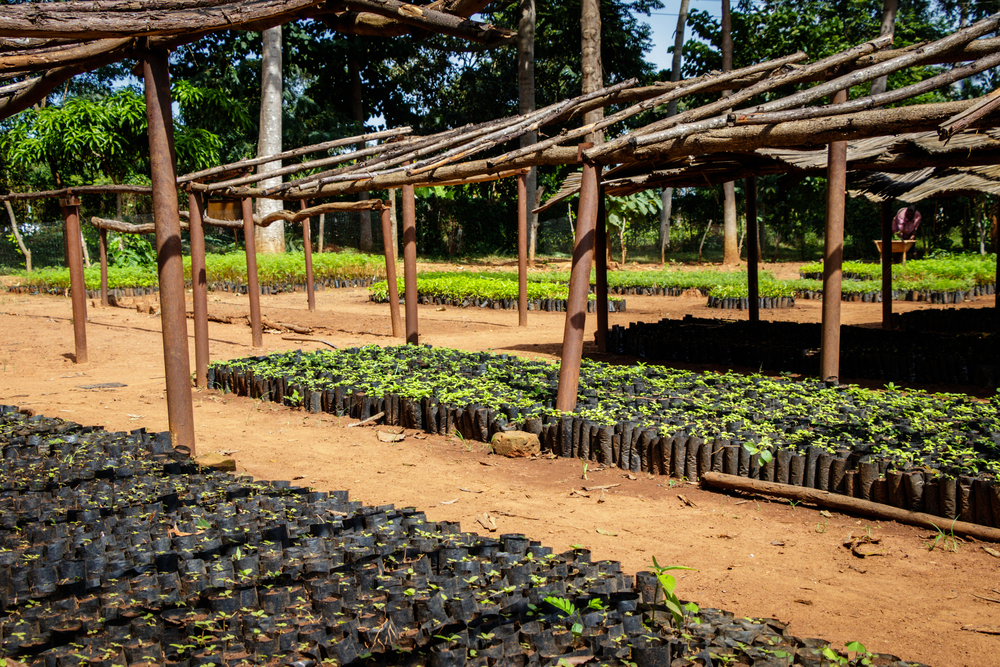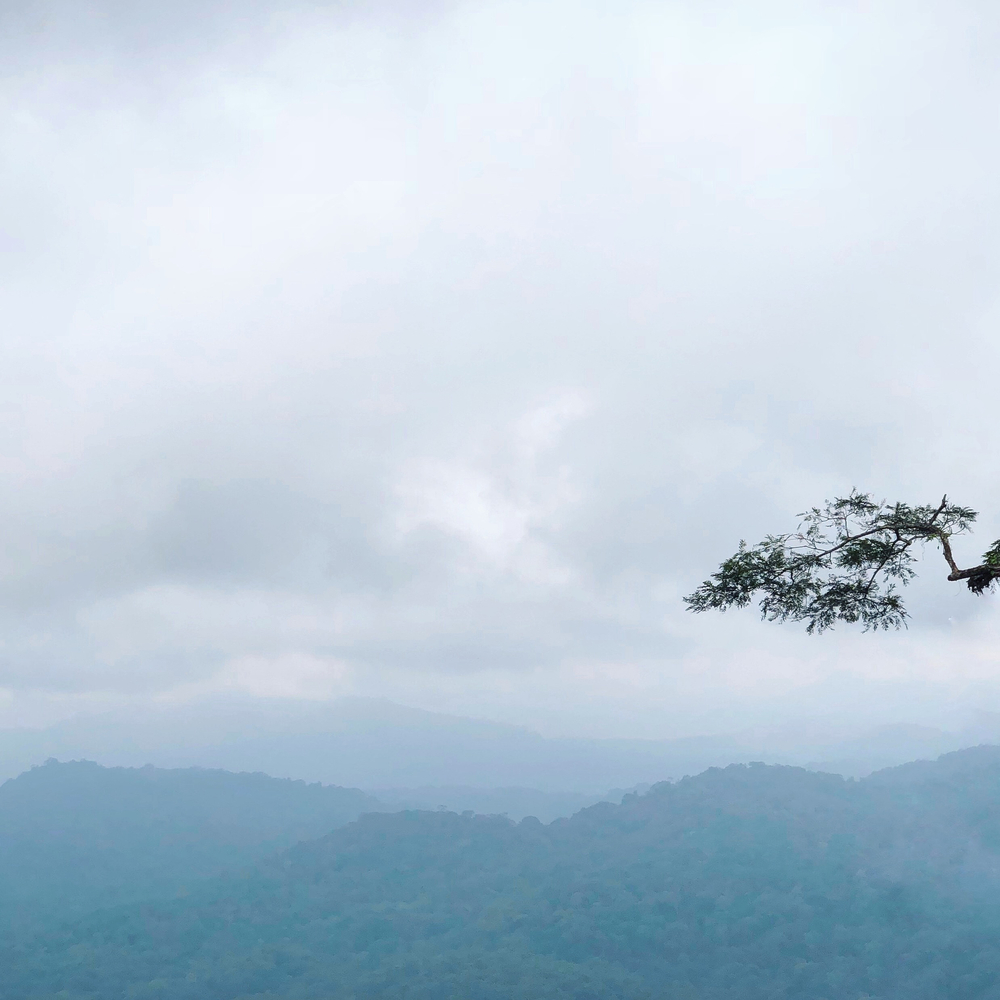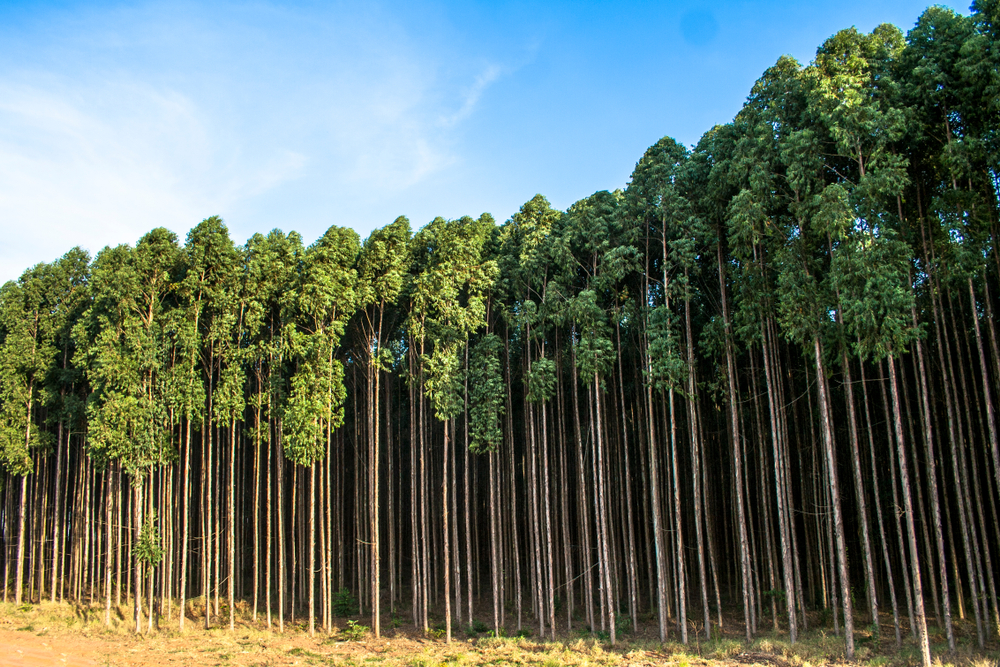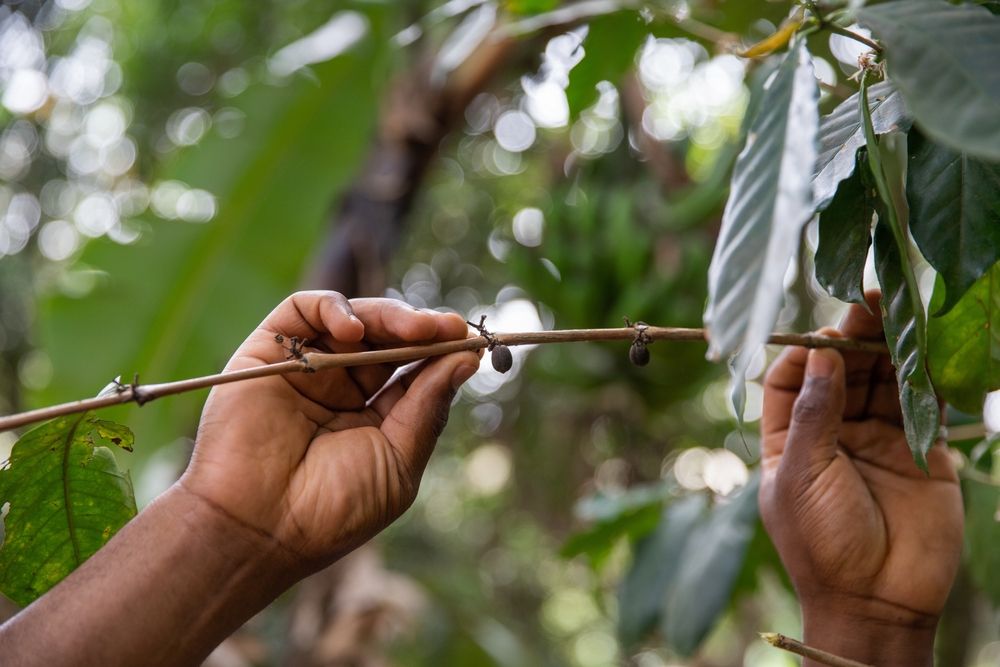This month I had the pleasure of catching up with Heather Brown, our own amazing Food Writer and Columnist, to talk about the Dorset Foodie Feed website.

Earlier this year Heather was accepted to become a a member of the Guild of Food Writers – the professional association of food writers and broadcasters in the UK. She works with national brands such as Marks & Spencer, Splenda and Roberts Radio as well as many local Dorset brands such as Urban Guild, Purbeck Ice Cream, Conker and The Scented Botanist.
The Dorset Foodie Feed website was started in 2011 by John Grindle, originally as ‘West Dorset Foodie’. John’s love of ‘great food, fishing and helping people’ grew the site, and he started taking on new Dorset writers. By 2015 there were four individual sites in the Dorset Foodie Feed family – West Dorset Foodie, East Dorset Foodie, North Dorset Foodie and Purbeck Foodie. In 2017 all four sites were brought together to create the Dorset Foodie Feed family.
So what is it that Heather loves so much about the Dorset food scene specifically? Is there something special about the food and drink producers in our county?
“The community! I used to live in a place where the competition between businesses was fierce, but it’s the opposite in Dorset. Business owners are always willing to help someone out, lend a hand or make something bespoke for a menu or client. People are always willing and ready to collaborate too, which opens the door to new and fabulous flavours and experiences for customers, all made with local ingredients and created by local people.”

So with your own business keeping you busy, what was it about Dorset Foodie Feed that made you take it on?
“I have been writing recipes and restaurant reviews since 2013, and I joined the Dorset Foodie Feed team in 2015. When John wanted to retire, I jumped at the chance to take on the challenge, and I am so pleased I did. I made the decision to rebuild the entire site at the end of 2019 and relaunched in January 2020 – who knew how timely that would be?!
“I am so grateful that I could use Dorset Foodie Feed to help
connect new customers to local businesses throughout the Pandemic, and I am proud of how the site has grown and developed, with the Directory being added at the end of 2020.
“It has been hundreds of hours of my time poured into a website and social pages that don’t earn me any money beyond the odd free meal, but it is such a privilege to be able to help the food and drink sector that have struggled so much this past 18 months.
“I’m passionate about local food, and I was eager to make it really easy for locals to know where their local food businesses are (and of course to lead tourists to the smaller, hidden businesses they’ll love). I managed to secure grant funding from Dorset Growth Hub to employ a developer, and we built on the Directory feature to the site.
“Now, customers can search a database of nearly 650 local food and drink businesses by using their postcode and/or type of business (farm shop, cafe etc). The businesses are then listed on a map closest to your location.
“Dorset Foodie Feed has been posting recipes and reviews since 2012, and all those reviews are linked to the listings; you can check out what we think about the restaurants and products too, along with reviews from other local bloggers and writers.”
So if I’m a small local food or drink business, can I be listed on the DFF map? Even if I’m a tiny business that simply makes jams… How much does it cost? Are there qualifying criteria?
“Its free to list and its free to use! You simply need to be a food and/or drink business based in Dorset. I wanted to make sure that anyone could use the site to find their local businesses, and that any business, large or tiny could list. All I need to get a business listed is a link to your website.”
I was curious as to what type of business is the most searched for on the site – are more people hunting for a great cup of coffee, some locally made cheese or honey or the best Sunday lunch?
“Local people are looking out of curiosity, simply to find new places close to them, regardless of business type. The comment I hear over and again is

‘I searched using my postcode and found an amazing shop just down the road that I didn’t know was there!’.
“Tourists are often looking for cafes and restaurants and with that in mind, I have also curated some shorter, recommended ‘great places to eat’ lists for someone who just wants to see some highlights, for a weekend break for example.”
So what’s next for Heather as the directory continues to grow?
“Once the summer season ends, I’m aware local businesses will have some time to start to thinking about how they want to move forward post-pandemic. There are some talented niche experts in Dorset that would love to help and I’m currently working on how best to join them together!”
By: Laura Hitchcock






















